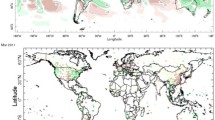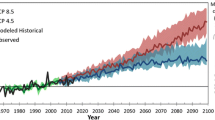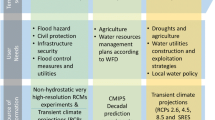Delivering, taking advantage of, and obtaining benefit from climate information, including predictions, are at least as substantial a challenge as producing the predictions in the first instance. It is also a challenge into which relatively limited resources have been invested so far by comparison to those devoted to the prediction problem. In part that contrast in resources use is underpinned by the relatively well-defined nature of the prediction problem as contrasted to the wide, multidisciplinary issues raised in terms of taking advantage and receiving benefit from climate information. It is out of the question for this book to delve into all of the issues involved, so extensive are these in terms of different sectors, individual countries, levels of decision makers, concerns/constraints regarding specific decisions, and so on, that we have attempted to provide only on overview in the hope that this will provide context against which individual issues might be considered. Specific examples of the use of climate information, and of the benefits derived therefrom, are provided in Chapters 12 and 13, whereas here the focus is on some of the fundamental issues underpinning climate services. To a certain, but not exclusive, extent the authors of this chapter have taken a perspective related to issues in developing parts of the world, issues that are thought to require a range of additional approaches to the straightforward end-to-end model appropriate to business uses. Nonetheless much of the chapter is relevant to the delivery of business information. Examples are included in Chapters 12 and 13 of both business and development activities. Consideration is given to the context of climate services within international development, the physical delivery of information (including delivery to remote communities), and difficulties in presentational delivery of information. Presentational delivery remains a major impediment to extracting the benefit from climate services, yet remains one to which minimal consideration is given in many instances. The focus here is on the pitfalls of oral information delivery; space precludes detailed coverage of visual information delivery, a further critical area.
Access this chapter
Tax calculation will be finalised at checkout
Purchases are for personal use only
Preview
Unable to display preview. Download preview PDF.
Similar content being viewed by others
Author information
Authors and Affiliations
Editor information
Editors and Affiliations
Rights and permissions
Copyright information
© 2008 Springer Science + Business Media B.V
About this paper
Cite this paper
Harrison, M., Williams, J.B. (2008). Communicating Seasonal Forecasts. In: Troccoli, A., Harrison, M., Anderson, D.L.T., Mason, S.J. (eds) Seasonal Climate: Forecasting and Managing Risk. NATO Science Series, vol 82. Springer, Dordrecht. https://doi.org/10.1007/978-1-4020-6992-5_11
Download citation
DOI: https://doi.org/10.1007/978-1-4020-6992-5_11
Publisher Name: Springer, Dordrecht
Print ISBN: 978-1-4020-6990-1
Online ISBN: 978-1-4020-6992-5
eBook Packages: Earth and Environmental ScienceEarth and Environmental Science (R0)




